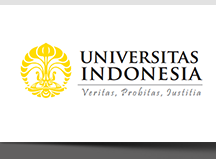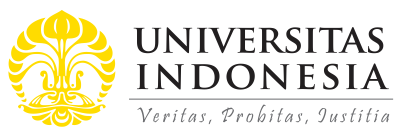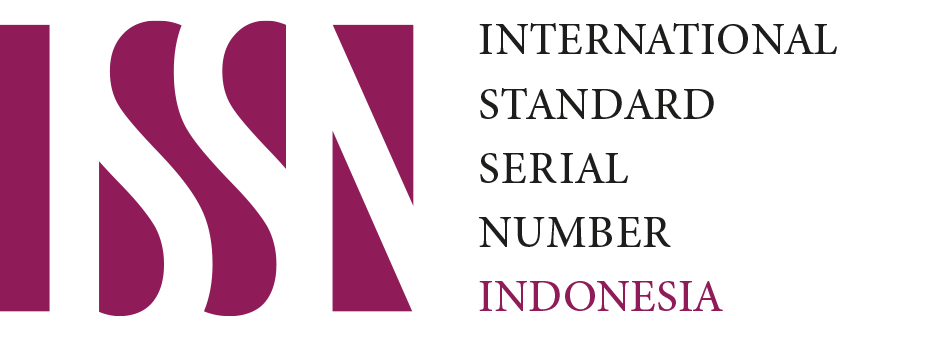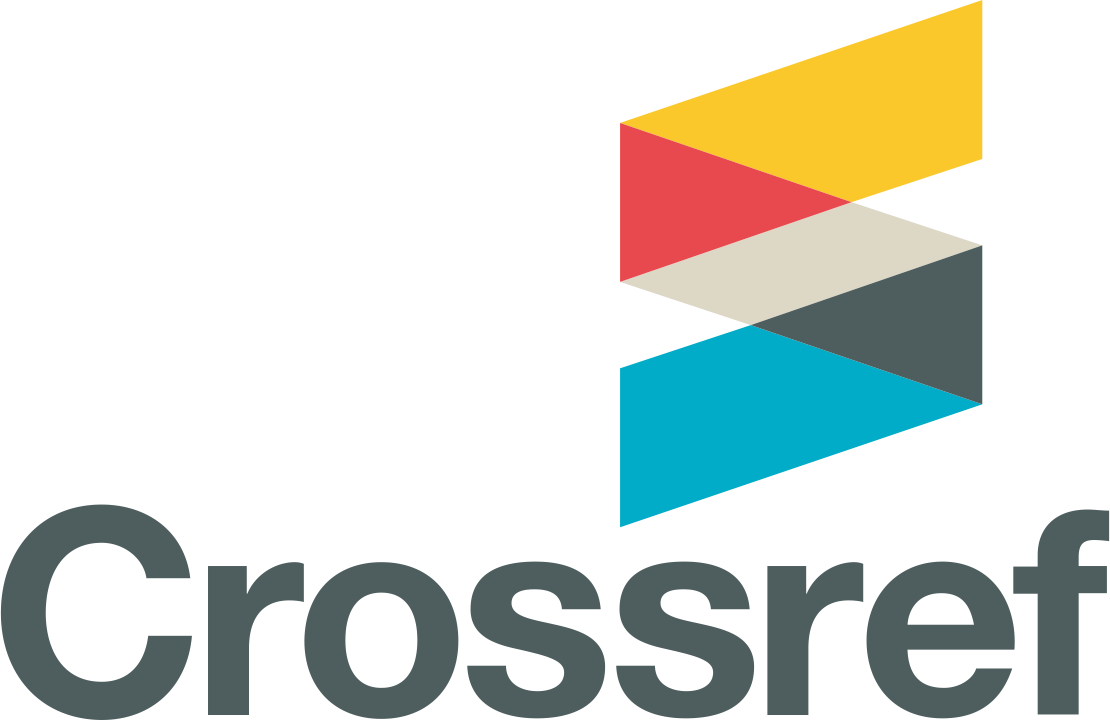Abstract
Given the increasing risks posed by environmental degradation, severe climate change, and recent pandemics, the establishment of a sustainable economy has become a priority for numerous nations. From this perspective, it is crucial to emphasize sustainable finance since it has the potential to serve as a vehicle for accomplishing a green economic agenda. Sovereign sukuk held a prominent position in the sukuk market, both domestically and internationally, but its influence was particularly significant inside the domestic sphere. The study seeks to examine the link between environmental risks and the yield performance of sovereign sukuk. Sukuk performed less favourably compared to other asset classes in terms of including environmental risk in the calculation of yield. Therefore, it is crucial to conduct additional investigation into the impact of environmental concerns on sukuk yields. The analysis includes Ordinary Least Squares (OLS) and quantile regression techniques, using data from the period 1990-2021. This study examines the relationship between market variables, environmental risk, and sukuk yields in Malaysia. The paper demonstrates that both market variables and environmental concerns have an impact on the yields of sovereign sukuk. Additionally, it introduces a novel approach for modelling these yields.
References
Alsmadi, A. A., Al-Okaily, M., Alrawashdeh, N., Al-Gasaymeh, A., Moh’d Al-hazimeh, A., & Zakari, A. (2023, March 27). A Bibliometric Analysis of Green Bonds and Sustainable Green Energy: Evidence from the Last Fifteen Years (2007–2022). Sustainability, 15(7), 5778. https://doi.org/10.3390/su15075778
Al-Sayed, O., 2013. Risk: analysis and management. Eur. J. Appl. Soc. Sci. Res. 1 (3), 67–76.
Al-Raeai, A.M., Zainol, Z., Khilmy, A., 2019. The influence of macroeconomics factors and political risk on the sukuk market development in selected GCC countries: a panel data analysis. J. Ekon. Malaysia 53 (2), 199–211.
Amaro, S. (2021, February 24). Climate change is not priced into markets but its effect could be substantial, experts say. CNBC. https://www.cnbc.com/2021/02/24/climate-risks-not-priced-in-bond-markets-a-risk-for-many-countries-.html
Apriani, et al., (2023), Macroeconomic Perspective on the Growth of Corporate Sharia Bonds (Sukuk) in Indonesia, Jurnal Ekonomi Syariah Teori dan Terapan Vol. 10 No. 4, Juli 2023:352-364, DOI: 10.20473/vol10iss20234pp352-364
Ardiansyah, I. H., & Lubis, D. (2017). Pengaruh variabel makroekonomi terhadap pertumbuhan sukuk korporasi di Indonesia. Al-Muzara’ah, 5(1), 51–68., doi:10.29244/jam.5.1.51-68
Awaludin, Fadhlee and Masih, Mansur, Sukuk pricing dynamics - factors influencing yield curve of the Malaysian Sukuk, MPRA Paper No. 66355.
Boediono: Ekonomi Makro. Yogyakarta: BPFE, (2005)
Balli, F., Ghassan, H., Al, Jeefri, Essam, H., 2021. Sukuk and bond spreads. J. Econ. Finance 45 (3), 529–543.
Boujlil, R., Hassan, M. K., & Grassa, R. (2020, May 21). Sovereign Debt Issuance Choice: Sukuk Vs Conventional Bonds. Journal of Islamic Monetary Economics and Finance, 6(2). https://doi.org/10.21098/jimf.v6i2.1104
Billah, M., Elsayed, A.H & Hadri, S. (2023). Asymmetric relationship between green bonds and sukuk market: The role og global risk factor. Journal of International Financial Markets, 83, 1-24. https://doi.org/10.1016/j.intfin.2022.101728
Capelle-Blancard, G., Crifo, P., Diaye, M. A., Oueghlissi, R., & Scholtens, B. (2019, January). Sovereign bond yield spreads and sustainability: An empirical analysis of OECD countries. Journal of Banking & Finance, 98, 156–169. https://doi.org/10.1016/j.jbankfin.2018.11.011
Cheng, R., Gupta, B., & Rajan, R. S. (2023, April). Do green financial policies offset the climate transition risk penalty imposed on long-term sovereign bond yields? Research in International Business and Finance, 65, 101976. https://doi.org/10.1016/j.ribaf.2023.101976
Dou, X., & Qi, S. (2019, January 1). The choice of green bond financing instruments. Cogent Business & Management, 6(1). https://doi.org/10.1080/23311975.2019.1652227
European Central Bank Introductory Statement to The Press Conference. 6 September 2012. https://www.ecb.europa.eu/press/pressconf/2015/html/index. en.html.
Febi, W., Schäfer, D., Stephan, A., & Sun, C. (2018, December). The impact of liquidity risk on the yield spread of green bonds. Finance Research Letters, 27, 53–59. https://doi.org/10.1016/j.frl.2018.02.025
Furukawa, K., Ichiue, H., Shiraki, N. , 2020. How Does Climate Change Interact with the Financial System? A Survey. Bank of Japan [Online]. Available: 〈https:// www.boj.or.jp/en/research/wps_rev/wps_2020/data/wp20e08.pdf〉.
Gervich, D.C. , 2011. Precarious economies: exploring the use of environmental indi- cators to predict economic instability. S.A.P.I.EN.S 4, 1 .
Godlewski, C.J., Turk-Ariss, R., Weil, L., 2011. Do Markets Perceive Sukuk and Conventional Bonds as Different Financial Instruments? Bank of Finland BOFIT Discussion Papers. No. 6-2011.
Haan, L.D., J. Hessel, and J.W. End. “Are European Sovereign Bonds Fairly Priced? The Role of Modeling Uncertainty.” DNB Working Paper No. 399 (2013).
Jobst, A., Kunzel, P., Mills, P., Sy, A., 2008. Islamic Bond Issuance – what Sovereign Debt Managers Need to Know”. IMF Policy Discussion Paper. PDP/08/3.
Kinoshita, N. “Government Debt and Long-Term Interest Rate.” IMF Working Paper 06/63 Washington: International Monetary Fund, 2006.
Krueger, P., Sautner, Z., Starks, L.T., 2020. The importance of climate risks for institutional investors. Rev. Financ. Stud. 33, 1067–1111. https://doi.org/10.1093/rfs/ hhz137.
Madura, Jeff. Financial Institutions and Markets (International Edition). Boston: Cengage Learning, 2012.
Masitoh, E., & Fajri, R. N. (2020). Pengaruh variabel makroekonomi terhadap pertumbuhan sukuk korporasi di Indonesia. FINANSIA: Jurnal Akuntansi dan Perbankan Syariah, 3(1), 75–84. doi:10.32332/finansia.v3i1.1831
Mitsaliyandito, R. Q., Arundina, T., & Kasri, R. A. (2017). Impact of sukuk market development on Indonesian Economic growth.International Journal of Applied Business and Economic Research, 15(24), 537-549.
Munir, A., & Rosyidah, N. (2021). Pengaruh variabel makroekonomi terhadap pertumbuhan sukuk korporasi di Indonesia tahun 2016-2020. Proceeding of International Conference on Education Management and Sharia Economics, 2(1), 486–494. Sidoarjo: 13 Desember 2021
Pramidiyanti, H., & Indrawati, L. R. (2019). Pengaruh variabel makroekonomi terhadap pertumbuhan Sukuk korporasi di Indonesia tahun 2002-2018. DINAMIC: Directory Journal of Economic, 1(4), 418–432. doi:10.31002/dinamic.v1i4.804
Pesaran, M. H. and Shin, Y. (1998). An autoregressive distributed-lag modelling approach to cointegration analysis. Econometric Society Monographs, 31:371--413.
Pesaran, M. H., Shin, Y., and Smith, R. J. (2001). Bounds testing approaches to the analysis of level relationships. Journal of applied econometrics, 16(3):289--326.
Rahman, M. P. B., Duasa, J., Kassim, S., & Zainudin, W. R. A. (2017). Sovereign Sukuk Pricing Analysis: Do Macroeconomic Variables Matter?. International Journal of Economics, Management and Accounting, 25(3), 513-528.
Rokhmawati, A. (2021, September). The nexus among green investment, foreign ownership, export, greenhouse gas emissions, and competitiveness. Energy Strategy Reviews, 37, 100679. https://doi.org/10.1016/j.esr.2021.100679
Stroebel, J., Wurgler, J., 2021. What do you think about climate finance? J. Financ. Econ. 142, 487–498. https://doi.org/10.1016/j.jfineco.2021.08.004.
Smolarski, J., Schapek, M., Tahir, M., 2006. Permissibility and use of options in for hedging purposes in islamic finance. Thunderbird Int. Bus. Rev. 48 (3), 425–443.
Tariq, A.A., Dar, H., 2007. Risks of sukuk structures: implications for resource mobilization. Thunderbird Int. Bus. Rev. 49 (2), 203–223.
Wilson, R., 2004. Overview of the Sukuk Market. Euromoney Institutional Investor PLC.
Wilson, R., 2008. Innovation in the structuring of islamic sukuk securities. Humanomics 24 (3), 170–181.
Wu, Y. (2022, September). Are green bonds priced lower than their conventional peers? Emerging Markets Review, 52, 100909. https://doi.org/10.1016/j.ememar.2022.100909
Yeow, K. E., & Ng, S. H. (2021, May 11). The impact of green bonds on corporate environmental and financial performance. Managerial Finance, 47(10), 1486–1510. https://doi.org/10.1108/mf-09-2020-0481
Zulkhibri, M., 2015. A synthesis of theoretical and empirical research on sukuk. Borsa Istanb. Rev. 15 (4), 237–248.
Recommended Citation
Mohamad Shafi, Roslina; Shaharuddin, Norhasimah; Bakar, Norsaliza Abu; Muhamat, Amirul Afif; and Tabash, Mosab I.
(2025)
"Do Environmental Risks Explain the Sovereign Sukuk Yields in Malaysia?,"
Indonesian Capital Market Review: Vol. 17:
No.
1, Article 2.
DOI: 10.7454/icmr.v17i1.1211
Available at:
https://scholarhub.ui.ac.id/icmr/vol17/iss1/2
Included in
Corporate Finance Commons, Environmental Studies Commons, Finance and Financial Management Commons












